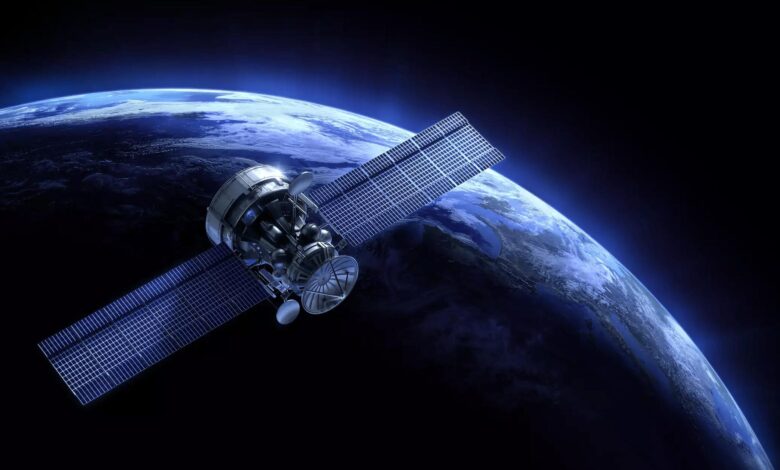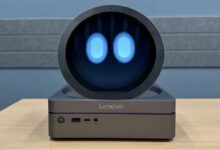
Experts say that China’s newly launched “Thousand Sails” satellites are so bright that they can be clearly seen at night with the naked eye. This level of luminosity is far beyond the range suggested by astronomers.
And this is just the beginning. More Chinese satellites are scheduled to be launched in the coming years, and some of them could be even brighter than the ones we see now. This issue will definitely cause great concern to scientists and space enthusiasts.
“Qianfan”, meaning a thousand sails, is a system of Internet satellites built by the state-owned company “Shanghai Space Satellite Technology” (SSST). This satellite network is China’s answer to SpaceX’s Starlink; A system designed to provide high-speed internet from space to the entire world.
Little is known about the Qianfan project or the design of its satellites; But Chinese state media has already revealed that the country plans to put up to 15,000 satellites in Earth’s orbit by 2030.
So far, two sets of 18 Qianfen satellites have been launched. The first batch of satellites were launched on August 6 aboard a Long March 6A rocket from the Taiwen Satellite Launch Center in northern China and successfully placed into near-Earth orbit (LEO). However, the rocket’s upper stage disintegrated after launch, filling space with more than 300 pieces of potentially hazardous space debris. The second batch of satellites was launched on October 15 on the same Long March 6A rocket.
read more
In a new paper published September 27 in the Archive Database, astronomers analyzed the first ground-based observations of newly launched Chinese satellites. Early observations showed that the satellites were much brighter than expected.
The spectral signatures emitted by the satellites also confirm little information about their design, the researchers noted. According to the authors of the paper, it appears that the Chinese satellites, like the Starlink models, have a flat antenna panel facing the Earth and a vertical solar array facing the planet.
At the peak of their brightness, when they are directly above the observer, the satellites can reach an apparent magnitude of 4, which is the brightness of most stars visible in the night sky from urban areas. As satellites get closer to the horizon, their apparent magnitude decreases to magnitude 8 (40 times fainter than magnitude 4). (Since apparent magnitude is measured on a logarithmic scale, the brighter the mass, the smaller the value.)
Scientists warn that some Qianfen satellites are to be deployed at lower altitudes in near-Earth orbit; This means that their brilliance may even surpass the studied samples. Researchers write that China’s satellite system will have a negative impact on professional and amateur astronomical activities upon completion of construction; Unless the operators dim their shine.
In the past, similar concerns were raised about the Starlink satellites, as well as the world’s largest telecommunications satellite called Blue Walker 3. Astronomers consider these satellites to be a source of trouble and cause the destruction of astronomical images.
The researchers noted that it is possible to reduce the amount of light reflected from telecommunication satellites by using internal mirrors. SpaceX did this with the second generation of its Starlink satellites, and researchers expect the Chinese satellite manufacturing company to go for the same solution.
In addition to polluting the night sky with light, telecommunication satellites can also disrupt radio astronomy by leaking radiation into space. The latest generation of Starlink satellites create this problem; But in order to find out whether Qianfan satellites are also suffering from radiation leakage or not, more observations are needed.
Satellite systems have also been criticized for increasing the probability of spacecraft collisions in near-Earth orbit, producing space debris, being thrown out of orbit by solar storms, and filling the Earth’s upper atmosphere with metal contamination as it returns to Earth and burns up in the atmosphere.









